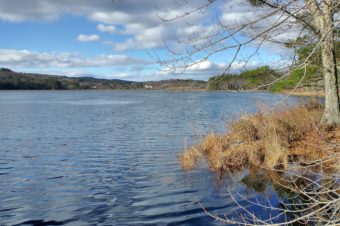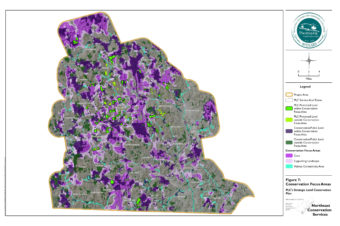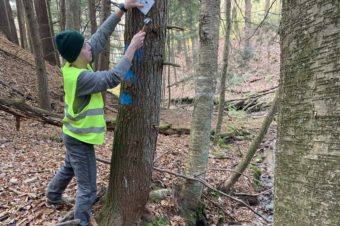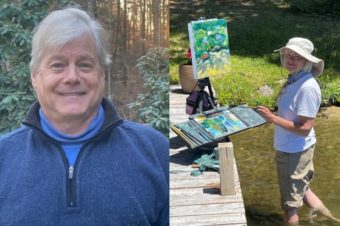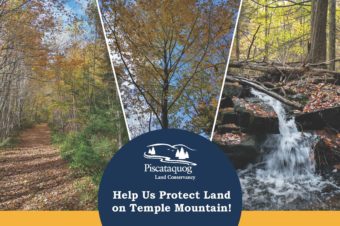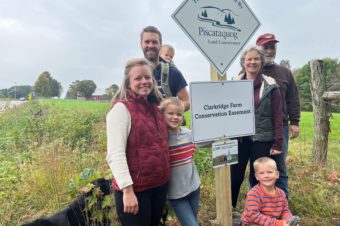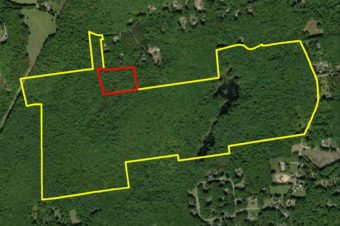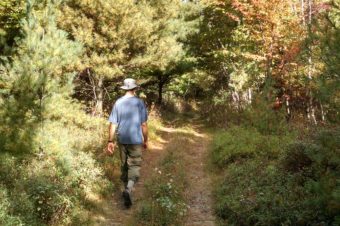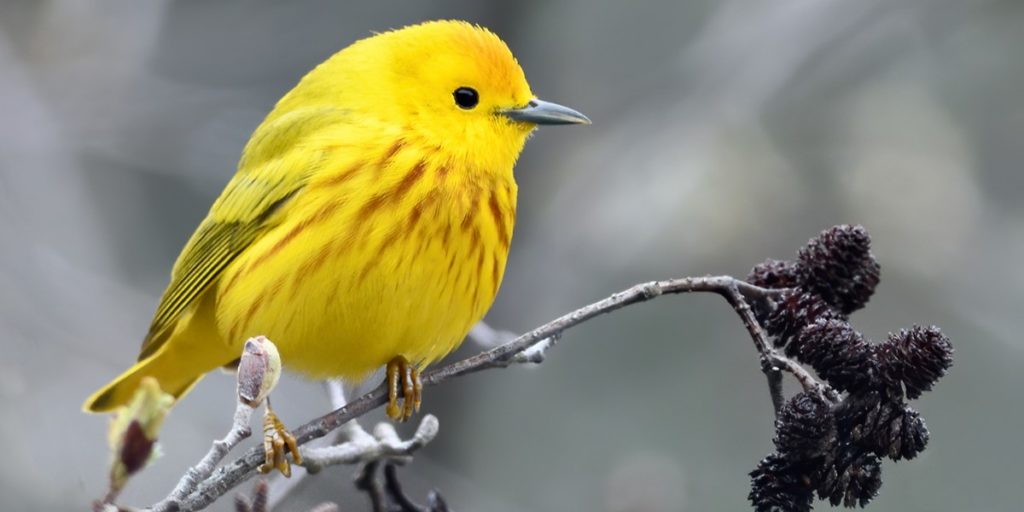
FROM MY CORNER
Chris Wells, PLC President / Executive Director
It’s For the Birds
April 2024 – Before dawn on a recent morning — which also happened to be the first day of spring — I stepped out my back door, coffee in hand, and listened. After months of winter silence, I was greeted by a small symphony of birdsong. I am by no means an expert, but like many people I have grown attached to the birds that share my little patch of New Hampshire: chickadees chattering in the bushes, hawks calling to each other high on a thermal, the distant trill of a wood thrush at dusk. Many people come to conservation via a love for birds, and this is true of many who have been part of the Piscataquog Land Conservancy over the decades.
So it was deeply discouraging to read a 2019 study that said North America has lost 30% of its birds since 1970, including big drops in many species common to the northeastern United States. Faced with information like this, most of us prefer hope and practical action to despair, and there are many things we can do as individuals to help bird populations stabilize and someday rebound. We can make our yards more bird-friendly through native plantings, mowing less, letting areas become brushy “early successional” habitat, and controlling our pets.
Beyond our own backyards we can and must also conserve larger blocks of intact habitat where it still exists and manage these areas to provide diverse food and cover for different bird species, be they permanent residents or seasonal visitors. That is where PLC and our local, state and regional conservation partners come in. Since so many birds do migrate, we must also do what we can as Americans to conserve habitat in often far-distant corners of our nation, hemisphere and planet. If we can do all these things, we can ensure that birds will always be there to break the silence on an early spring morning.
